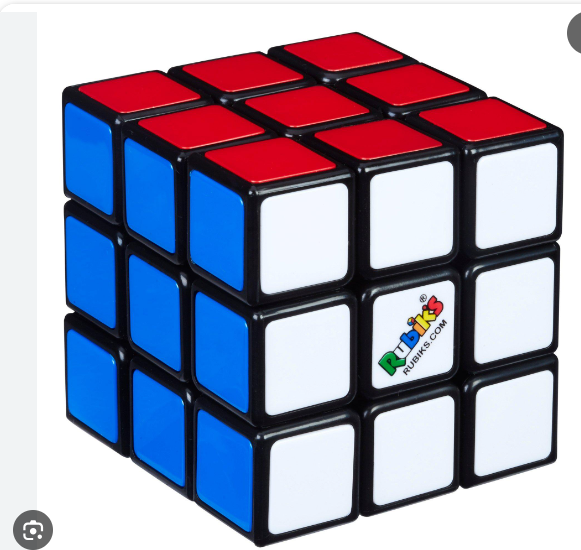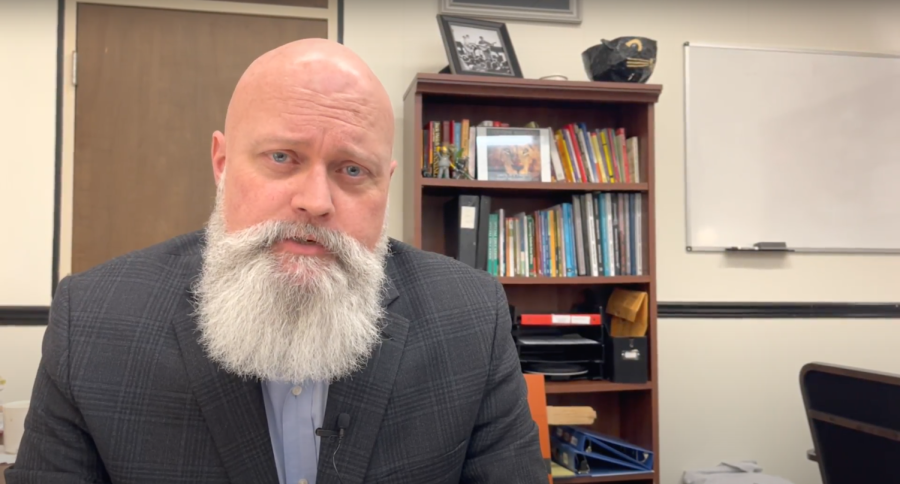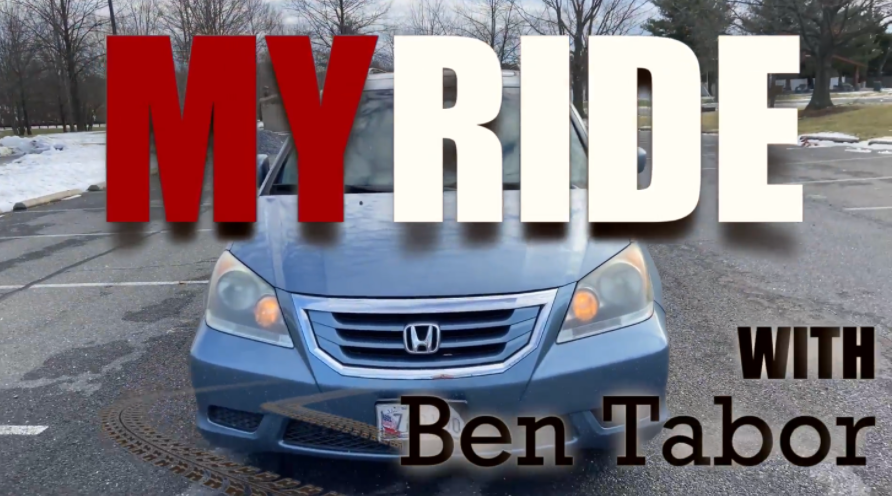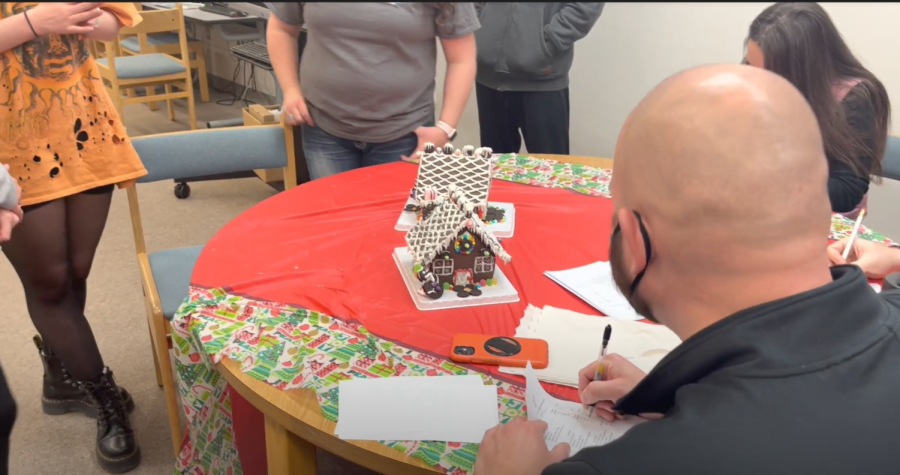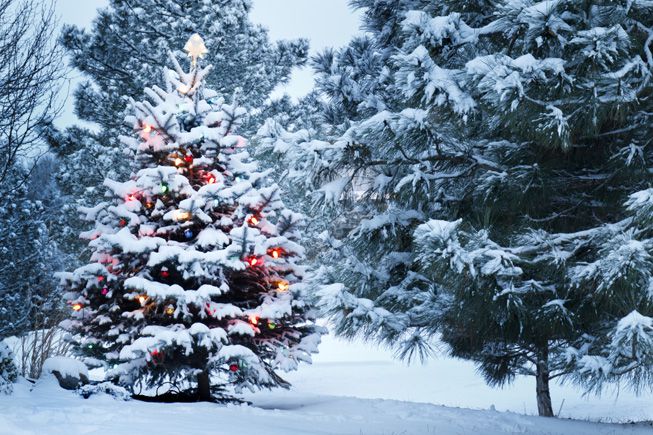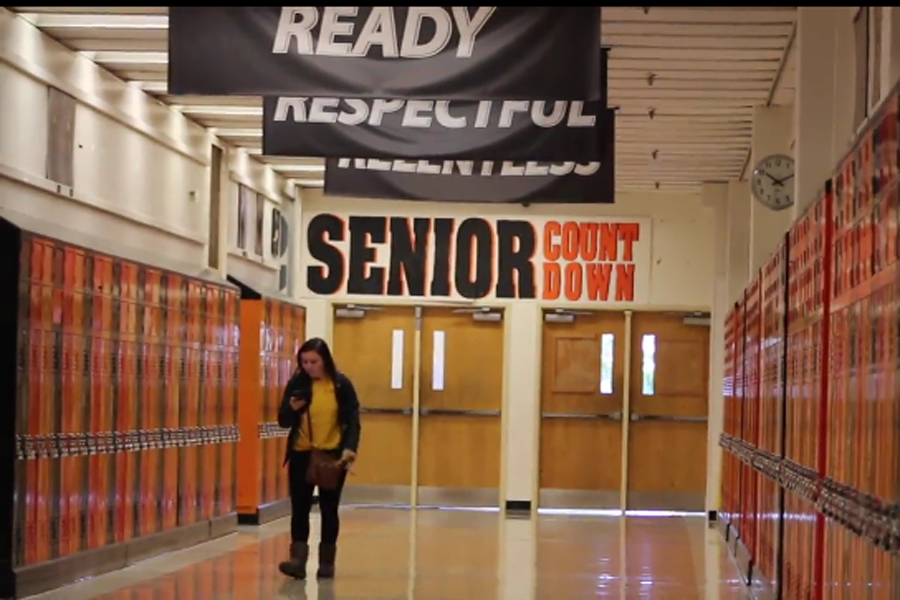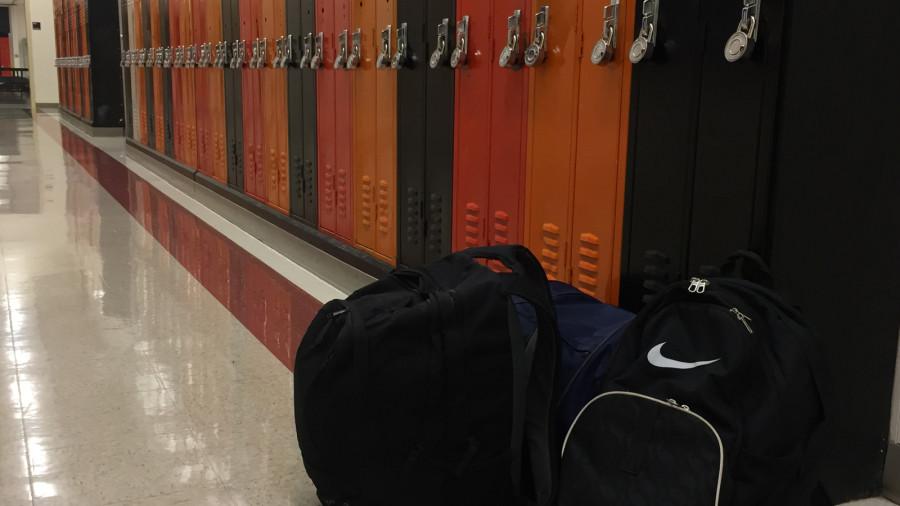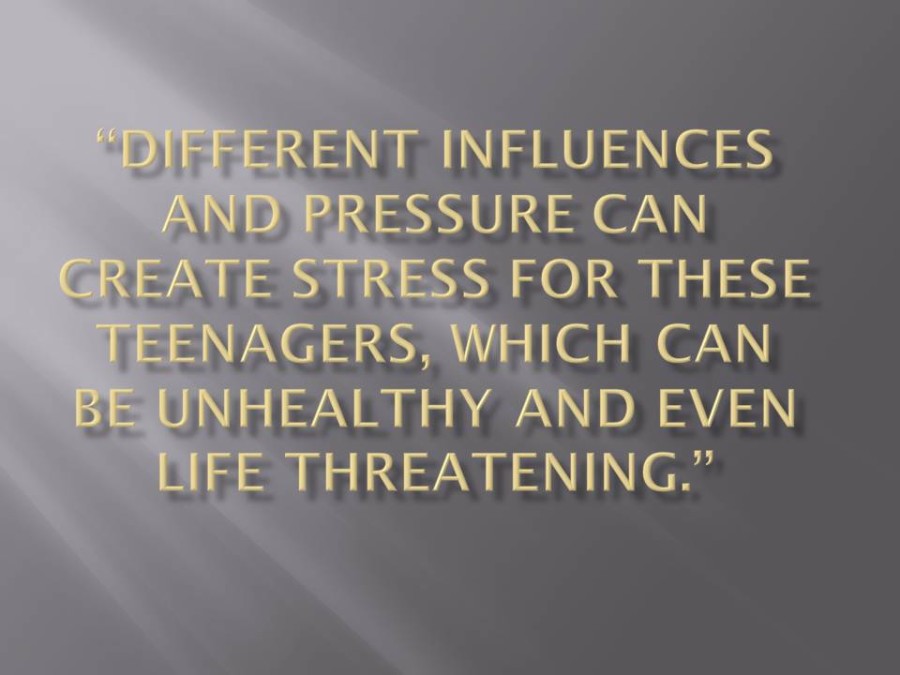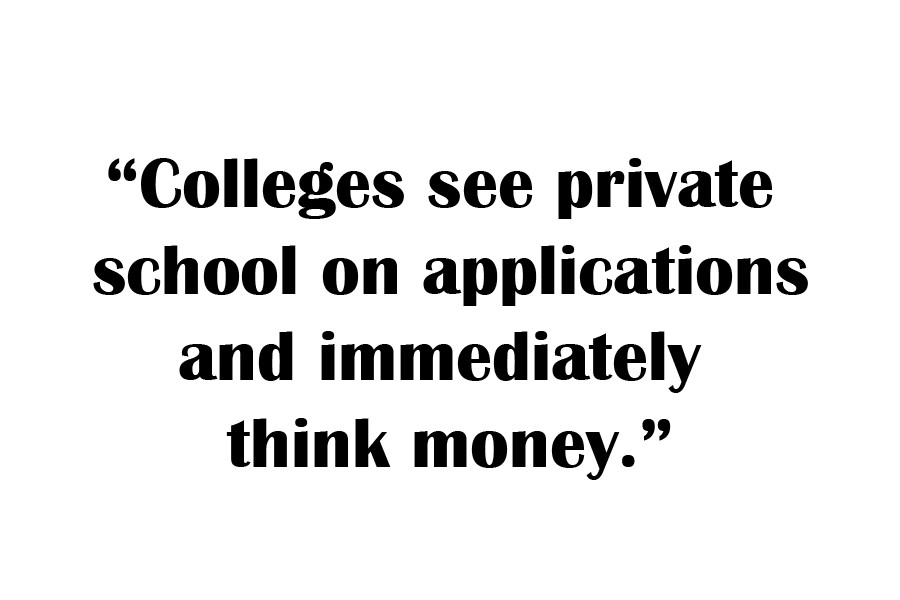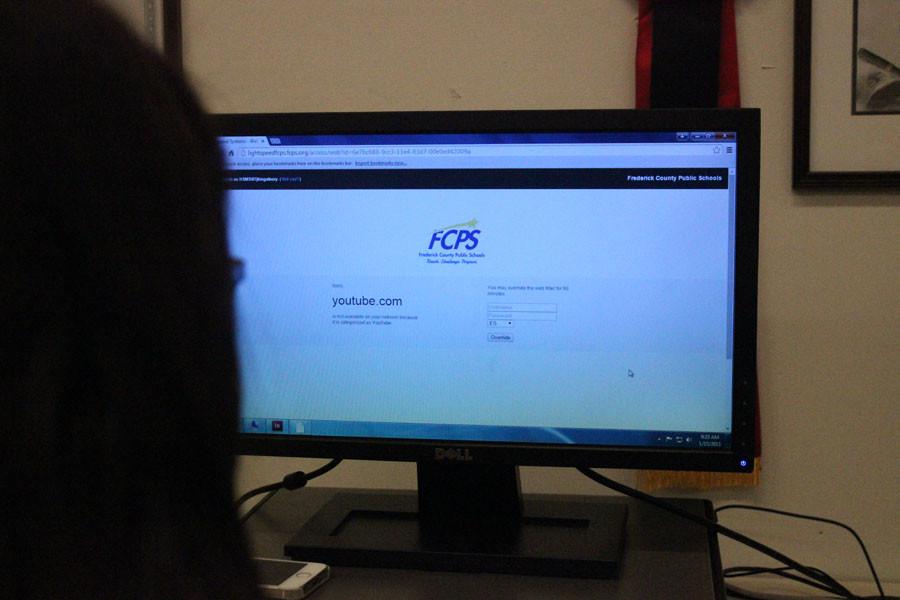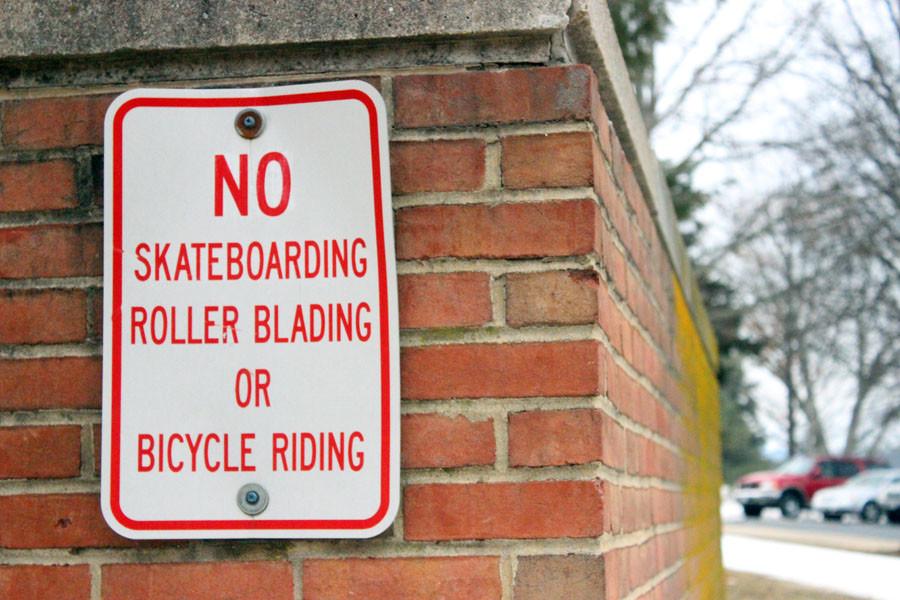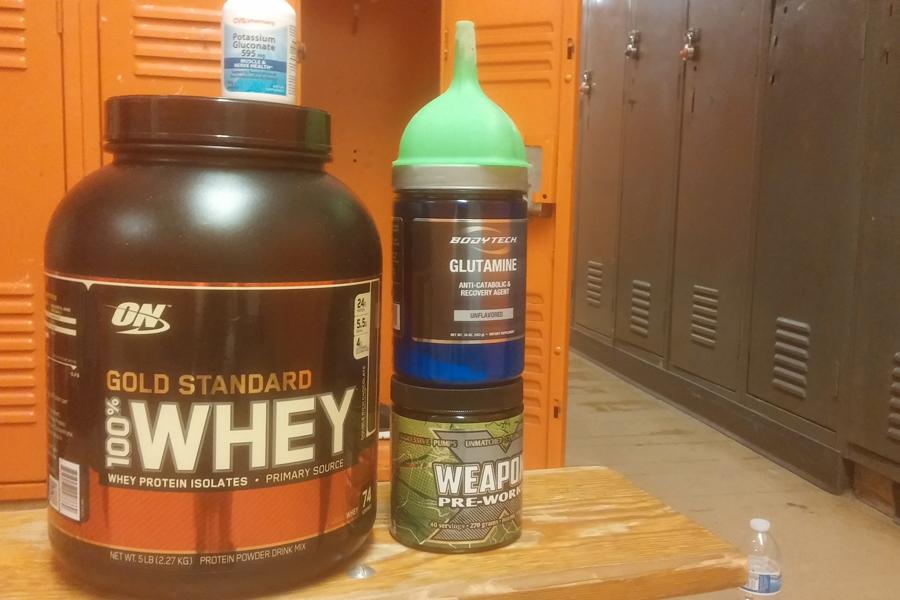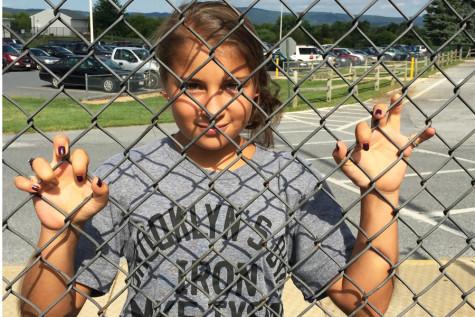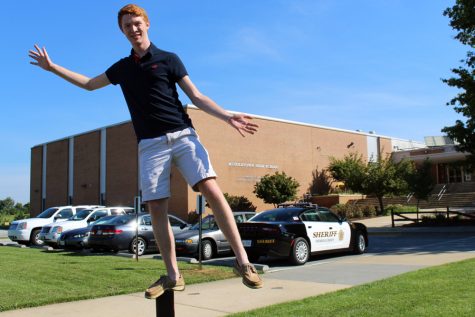
Middletown High School is known for its terrific turf; however, it might not be so terrific after all. Research is now showing that artificial turf, just like the type used on the MHS field, could have hazardous chemicals that might lead to cancer. Soccer players and goalies especially are most susceptible to these effects because of the amount they slide and dive around on the turf, usually with less protective clothing than football players.
ChemGrass, invented in 1964, was the original version of artificial turf. Back then, it was just synthetic grass sticking out of concrete. The fake grass didn’t become famous until 1966 when it was installed in Houston’s Astrodome and became known as AstroTurf. In the early 2000s crumb rubber, like what is used in the MHS stadium, emerged due to players’ complaints that the concrete and synthetic grass combination was uncomfortable and dangerous to play on.
Coaches and players alike prefer the crumb rubber turf over both regular and synthetic grass. With the new turf, rubber beads are poured over fake grass, providing players with a cushioned field.
Freddy Roberts, MHS sophomore and captain of the JV boys soccer team said, “The turf is smoother, faster and cleaner than any grass field… It is way easier to play on.”
Today’s turf is made up of shredded rubber car tires and synthetic fibers made to look like natural grass. According to the EPA, mercury, lead, benzene, polycyclic aromatic hydrocarbons and arsenic, among several other chemicals, heavy metals and carcinogens, are found in tires. These are also the chemicals that athletes at MHS play on each day. However, there have not been any studies that connect these chemicals directly to cancer.
According to NBC news, “Industry leaders say while they encourage additional research, studies have shown that the substances found in crumb rubber are not at levels high enough to be at risk to children or athletes.”
The state of Connecticut recently did a two-year study on artificial turf. Four state agencies tested and did research on the turf and concluded that the fields are “not a significant health risk.”
In 2010, the National Center for Biotechnology Information conducted a study on football players who played on crumb rubber fields. The NCBI concluded that the effects of the crushed up tires are “minimal” and that it is possible for people to be exposed to similar chemicals in certain foods and even from the environment.
Emily Pusey, MHS sophomore and JV soccer goalie, said she believes there is a low likelihood of getting sick from the chemicals so she is not worried about it.
Still, possibilities of long-term effects have not been ruled out. No soccer player goes home without plenty of turf pellets in his or her nose, mouth, hair and shoes, as well as stuck to the uniform.
“That stuff [turf] gets all in my mouth and hair,” said Pusey, “so I shower as soon as I get home because it can’t be good for me to be sitting around in rubber tires.”
Not only do the black beads get all over players’ bodies, the players inhale fumes given off by the rubber. Anyone who has been on the turf in hot weather can testify that the fake grass is much hotter than any natural field. Turf can get up to 10 to 15 degrees hotter than the outside temperature. Heating up the rubber increases the chances of chemicals from the crushed tires leaking into the air.
MHS Athletic Director Mike DeSimone said that the heat is the “biggest issue we face with the turf.”
Jeff Colsh, MHS varsity soccer coach, said he doesn’t spend much time thinking about the health risks of turf. “I’m not going to start worrying about it unless there turns out to be a major risk,” he said.
Like Colsh, most schools and sports businesses are not going to worry about it either. The positive effect of the artificial turf significantly outweighs most negative effects. Turf fields don’t require fertilizer or pesticides, meaning there is absolutely no run-off from these toxic chemicals. Water is not required at all to maintain turf fields; therefore, turf owners are able to save on water and cut costs of having to water a field by hand. Hundreds of gallons of water are saved by using a turf field instead of grass.
According to Colsh, who played on the MHS soccer team from 1996 to 1999, before there was a turf field, the old field was muddy and patchy grass that was not easy to play on. It was a pain to try to cultivate the field for every game. The turf MHS has now is beneficial in cost and environmental safety.
“I would prefer a nice field with short grass and no mud,” said Colsh, “but that is way too difficult and expensive to maintain.”
As of now, no studies can prove that crumb rubber turf is a direct cause of cancer. Even though the black beads may be annoying, turf is highly preferred and much less expensive than real grass so it is here to stay at MHS.
“If I believed the turf was causing harm, we wouldn’t have it,” said DeSimone.



